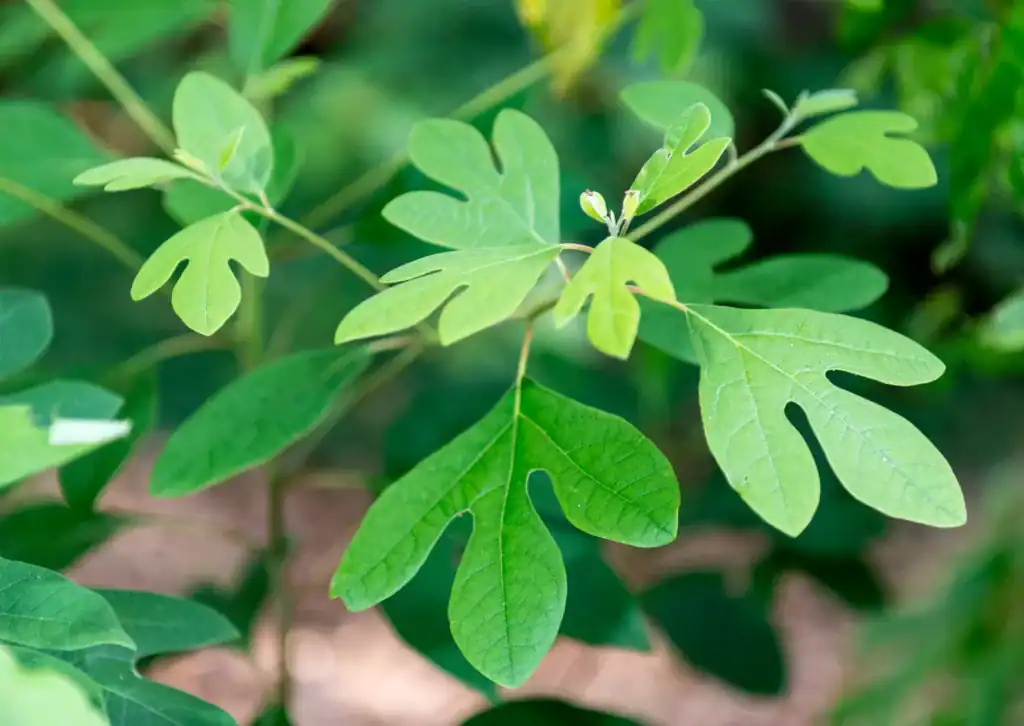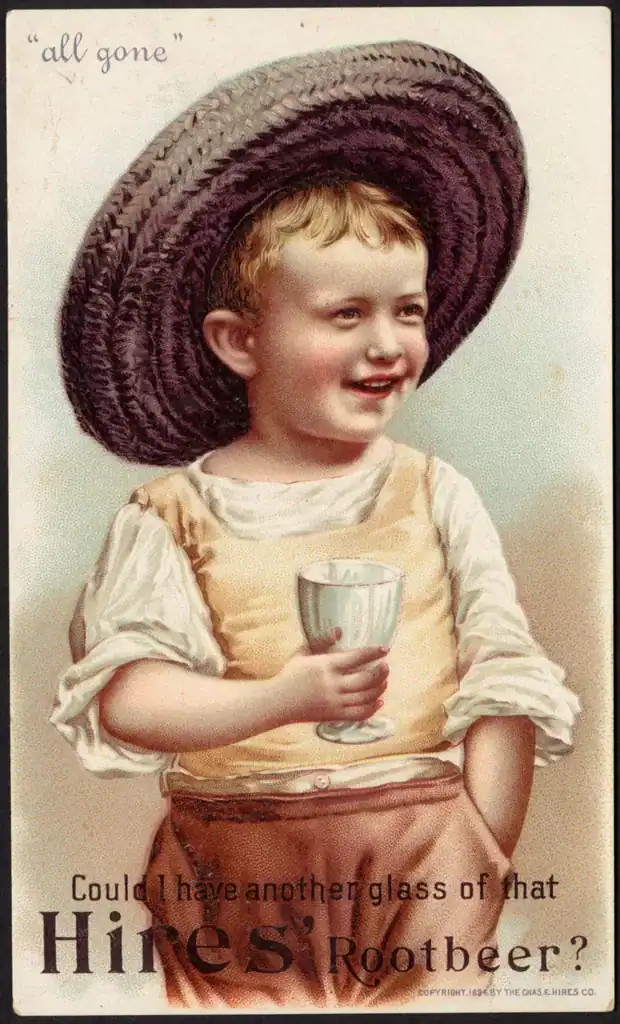A Southern Staple: Sassafras and the Origins of Root Beer
Nothing says Americana like root beer.

This beverage, with origins in Native American traditions, is uniquely North American. In Southeast Georgia, we have an even deeper connection to this drink: the local Timucua tribe named nearby Cumberland Island “Missoe,” or “sassafras,” the key ingredient in root beer, which they brewed on the island. In this article, we will discuss sassafras, its use in root beer, and the drink’s development over the centuries.
Native Americans and Sassafras
Sassafras is a deciduous tree native to the Eastern United States. It thrives in rich, moist soil near rivers, hillsides, and woodlands. Its aromatic leaves, bark, and roots were among the plants that Native Americans of the Southeast such as the Cherokee, Creek, Chickasaw, and Timucua valued for their medicinal and culinary properties.
While Native Americans often added sassafras leaves as flavoring to soups, stews, and sauces, they considered the root bark with its complex taste—earthy with a slight sweetness and hints of citrus – most valuable. They ground it into a powder to use as both a flavoring agent and as a remedy for a wide range of ailments. They believed drinking sassafras tea made from root bark purified the blood, improved circulation, eased pain, and promoted overall wellness, making it a popular remedy for colds, fevers, rheumatism, digestive issues, and even skin conditions.
Early European settlers, having learned the properties of sassafras from indigenous peoples, began to experiment with the root in brewing. Sassafras was one of the first products the French (and later Spanish) explorers to Cumberland Island exported in the mid-1500s, making the island a center of the sassafras trade. In France, sassafras commanded a high price as a remedy for illnesses, especially “in all venereal and scorbutic tempers.” In Spain, too, the root was valuable, selling for ten pounds per ton.
Root Beer Enters the Scene
The origins of root beer date to these early interactions between Native Americans and European colonists. Early Europeans crafted root beer by boiling sassafras roots along with a variety of other herbs and spices. Common ingredients included wintergreen, sarsaparilla, ginger, and licorice root. The mixture was left to ferment naturally, creating a mildly alcoholic and slightly effervescent drink, not the sweet, carbonated beverage we know today. Europeans enjoyed this early root beer for its refreshing taste and its perceived health benefits, much like the sassafras teas Native Americans consumed.
The rise of root beer as a commercial product came in the nineteenth century, after settlers had introduced it to a wider audience. The drink’s popularity exploded during the 1800s, particularly in the United States. By the time of Prohibition in the 1920s, root beer had become a favorite among non-alcoholic beverages, offering people of all ages a flavorful alternative to beer. However, with growing commercial demand, sassafras’ use in root beer began to shift.

By the mid-twentieth century, sassafras was found to contain a compound called safrole, which the Food and Drug Administration (FDA) deemed a carcinogen. This led to a ban on safrole in the production of root beer in 1960. While commercial root beer makers replaced sassafras with artificial flavors or other root extracts, many small-scale and craft brewers still use sassafras in their recipes, although it is now carefully controlled to ensure safety.
Sufferin’ Sassafras
Today on Cumberland Island, the sassafras tree which must have grown abundantly centuries ago is far from abundant today. Scholars claim that deer eagerly consume this plant, and the livestock which roamed the island until about a half century ago further decimated it. Perhaps now that livestock no longer inhabit the island, sassafras will see a resurgence there.
Root beer continues to evoke a sense of nostalgia for many, but it also serves as a reminder of the rich cultural exchange between Native Americans and European settlers in such places as Cumberland Island. The next time you sip on a cold, refreshing glass of root beer, take a moment to appreciate that you are participating in a centuries-old, purely American tradition.
Join us on our Cumberland Island Walking Tour: Haunting Ruins and Wild Horses to learn more about sassafras and the origins of root beer on the island!


